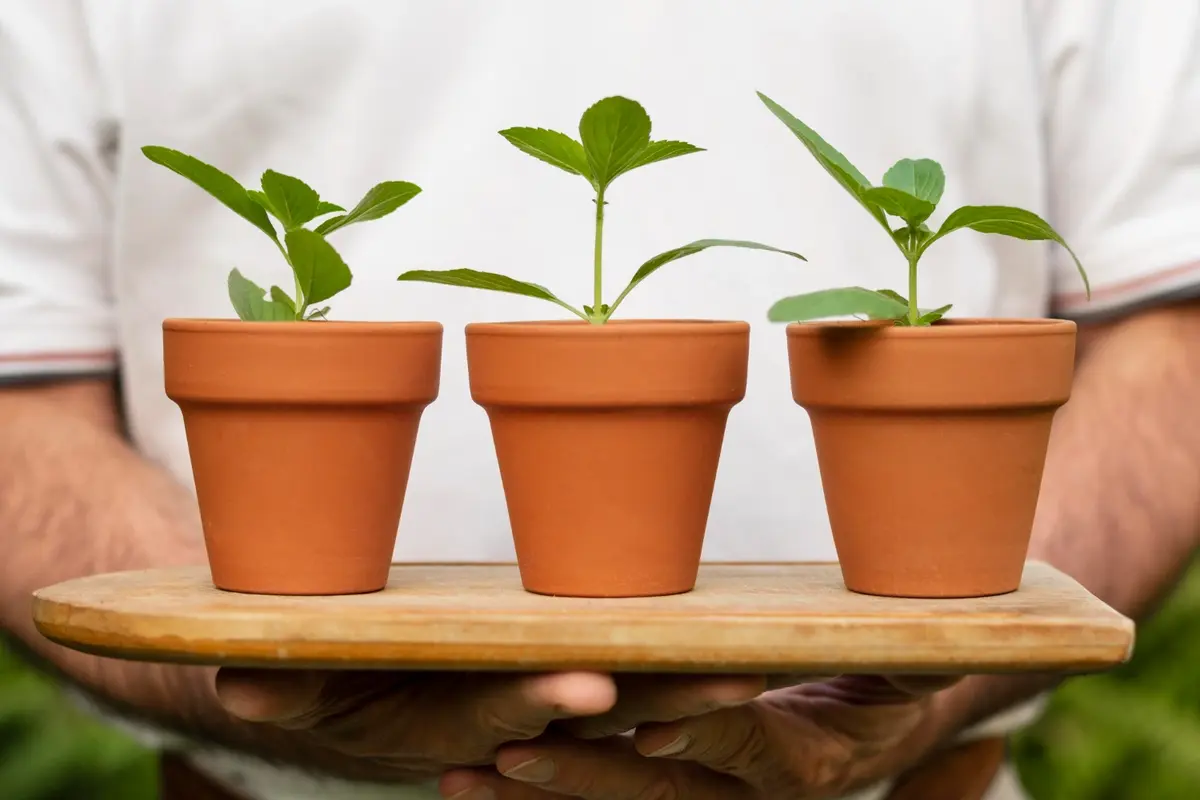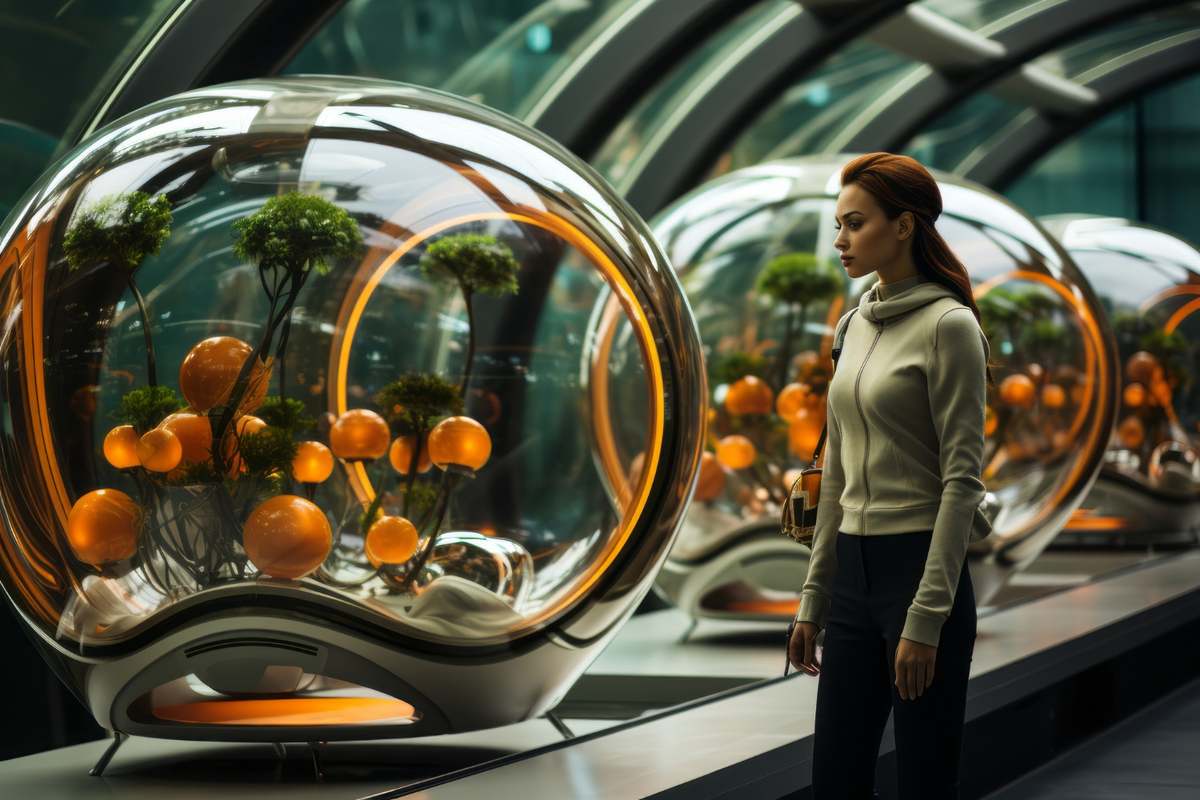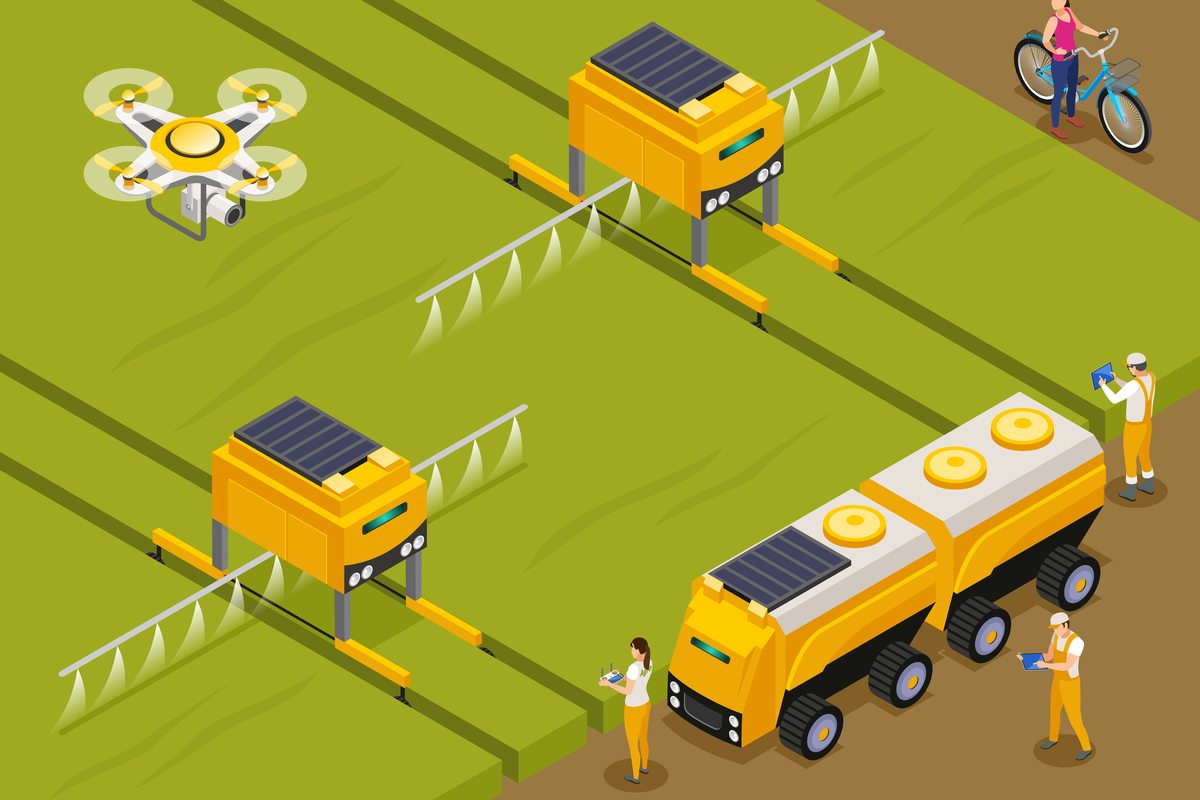Bonsai, meaning ‘planted in a container,’ involves cultivating miniature trees that mimic the shape and scale of their full-sized counterparts. The ancient art of bonsai, which is origins deeply rooted in Chinese and Japanese traditions, has gained popularity worldwide. Beyond horticultural practice, bonsai represents a harmonious blend of nature, artistry, and patience. In this article, we are going to explore the steps to cultivate these tiny wonderful art of bonsai and the joys they bring to home gardeners.
Table of Contents
Getting Started with Bonsai
The most fundamental step in bonsai cultivation is choosing the right tree species for the work. Different trees, such as ginkgo, apple, junipers, pines, and maples, require various climates and environmental conditions. That’s why, before selecting a plant variety, you have to consider the climatic conditions of your area and your preference for growing your bonsai tree indoors or outdoors. Additionally, you will need some essential gardening tools, including pruning shears, wire for shaping, bonsai soil mix, pots, and watering cans for your successful bonsai cultivation.
Here are some popular types of bonsai trees that you can consider cultivating at home:
Flowering Trees: Azalea, Cherry Blossom
Fruiting Trees: Citrus, Pomegranate
Evergreen Trees: Juniper, Pine
Deciduous Trees: Japanese Maple, Beech
Succulents: Jade, Portulacaria afra
Creating Your Bonsai Environment

You have to understand the distinction between indoor and outdoor bonsai cultivation and choose the most suitable option according to your open space and preference. There are different pros and cons to each condition that you have to consider before getting started. Light conditions play a crucial role, like sunlight requirements and artificial lighting for outdoor and indoor bonsai plants. The importance of well-draining soil and proper watering practices further lays the foundation for a thriving bonsai environment.
i) Cultivating bonsai plants indoors
Indoor bonsai cultivation presents both advantages and challenges. One of the most important pros is that you can easily provide a stable environment, including temperature and lighting conditions, which is especially beneficial in regions with harsh climates. Also, you can enjoy your miniature trees year-round, irrespective of seasonal changes, and they provide greater protection from external elements and pests. However, challenges include ensuring adequate sunlight exposure, as some plant species require significant light intensity. Also, you must ensure proper humidity to create a suitable environment for bonsai.
ii) Cultivating bonsai plants outdoors
Outdoor bonsai cultivation comes with its own set of pros and cons. Most importantly, outdoor bonsai cultivation provides plants with natural sunlight, which is crucial for their health and aesthetic development. Also, climate changes, including temperature variations and wind, contribute to the overall hardiness and authenticity of the bonsai. However, challenges include the potential impact of extreme weather conditions, pests, and diseases, which can affect your bonsai plants.
Basic Bonsai Techniques

To truly master the art of bonsai, you have to understand the basic techniques of cultivating these miniature plants, like pruning, shaping, and wiring. Pruning stands out as a cornerstone practice, involving the selective removal of branches and foliage to maintain the desired shape and proportions of the bonsai. Shaping, often accomplished through wiring, allows you to guide the plant’s growth uniquely and intentionally. Also, you must learn the re-potting technique to refresh the soil, promote root health, and prevent the bonsai from becoming pot-bound.
Advanced Bonsai Care
After basic techniques, you need to know advanced bonsai care to maintain your plant’s health, aesthetics, and longevity. Fertilization is an important aspect; choose the right fertilizer and understand the frequency and timing of application. Advanced horticultural techniques, including air-layering and grafting, enable the way to create unique and intricate designs. Disease and pest management should be given proper attention, either by employing natural or chemical solutions. To become a master in bonsai cultivation, you will need a deep understanding of the specific needs of each tree species, coupled with a patient and attentive approach to the artistry and science that define the world of bonsai cultivation.
Patience and The Artistic Aspect of Bonsai

When you are going to start cultivating bonsai plants, patience is the fundamental virtue, as the convergence of horticulture and artistry requires a long-term commitment. As bonsai enthusiasts prune, wire, and train their trees, they witness an unfolding masterpiece over time, each bend and contour telling a unique story of growth and resilience. The artistic aspect of bonsai lies not only in the physical form but also in the ability to perceive and appreciate the subtle changes that occur as the bonsai matures.
Conclusion
In conclusion, cultivating bonsai at home is a journey filled with artistry, patience, and the joys of nurturing miniature ecosystems. From selecting the right plant to mastering advanced care techniques, this blog serves as a comprehensive guide for anyone eager to embark on their bonsai adventure. Through dedication and a keen appreciation for the artistic nuances of bonsai, enthusiasts can transform their living spaces into havens of tranquility and natural beauty.
FAQs
Can you turn any tree into a bonsai?
While various tree species can be grown as the art of bonsai, not every tree is suitable for bonsai transformation. There are certain characteristics such as small leaves, proportional branches, and the ability to thrive in container cultivation must be possessed by the tree species.
How long until a bonsai is fully grown?
Bonsai cultivation is a patient and gradual process, often taking several years or even decades for a tree to achieve full maturity. It’s largely dependent on the tree species, the desired size, and the care provided to the tree as well. Some fast-growing species may grow rapidly, while slow-growing trees demand prolonged dedication.
Which bonsai grows the fastest?
The growth rate of bonsai trees varies depending on several factors, including the tree species, environmental conditions, and care provided. Some tree species such as Ulmus parvifolia, Ficus retusa, and Ficus microcarpa are known for their relatively faster growth compared to some traditional bonsai choices as they respond well to pruning and shaping techniques and can adapt to different indoor and outdoor environments quickly.
What is the best bonsai for beginners?
The Juniper bonsai is widely regarded as an excellent choice for beginners. As it can withstand various environmental conditions and is forgiving of minor pruning and styling mistakes.
Are bonsai high maintenance?
If you compare bonsai with other forms of gardening practices then it may not be considered excessively high-maintenance. The maintenance requirement largely depends on the species of tree and the desired artistic outcome. Basic care involves regular watering, pruning, and occasional repotting, but these tasks are manageable and become part of your daily routine.
How often should I water a bonsai?
Watering a bonsai depends on various factors such as the type of bonsai, the size of the pot, the climate, and the specific needs of the tree. Generally, it is advisable to water a bonsai before the topsoil becomes completely dry. You have to keep in mind to maintain consistent moisture without waterlogging the soil. Overwatering can lead to root rot while underwatering can stress the bonsai.










